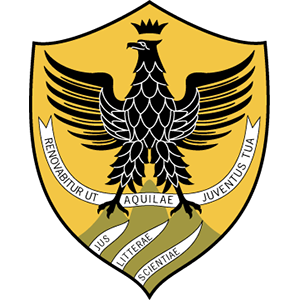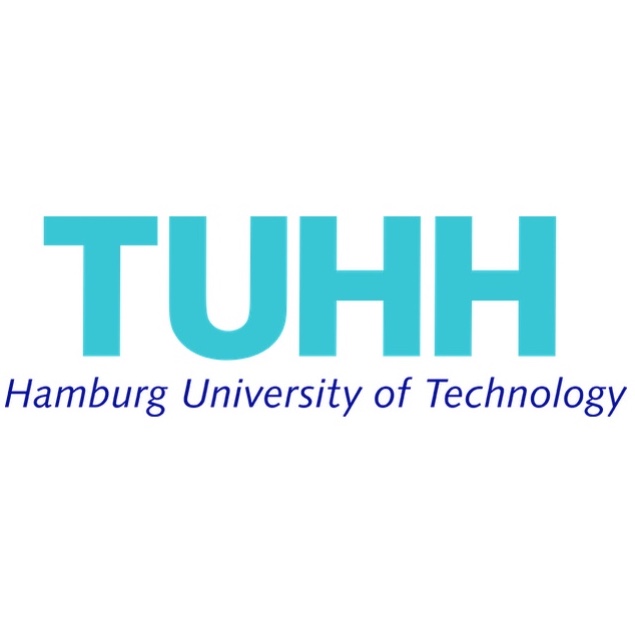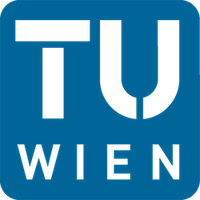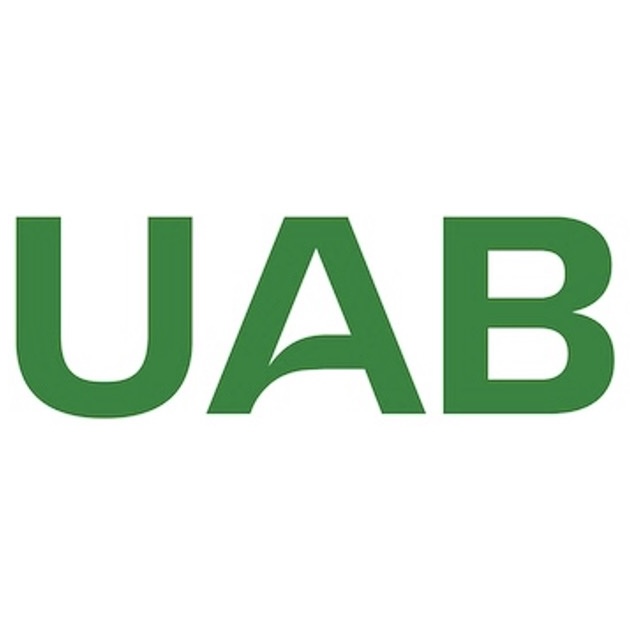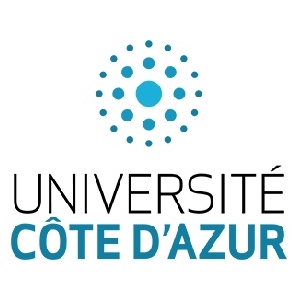
Year 2 in L'Aquila
Cancer Modelling and Simulation
#ABOUT Year 2 in L'Aquila;
Cancer Modelling and Simulation
The group at L’Aquila features an important research stream on these subjects, see the contribution by M. Di Francesco in the mathematical theory of chemotaxis modelling and biological aggregation phenomena, as well as the results obtained by D. Donatelli in mathematical fluid dynamics and biofluid dynamics and cancer modelling and simulation.
The course “Advanced analysis” (taught by C. Lattanzio) provides advanced modelling tools proper for mathematical analysis. The course “Mathematical biofluid dynamics” (taught by D. Donatelli) tackles modern fluid-dynamical modelling techniques in cancer modelling, specifically cells-ECM interaction models. “Biomathematics”, taught by C. Pignotti, deals with cell population models and chemotaxis modelling, with applications to cancer modelling. The course “Systems Biology” covers deterministic and stochastic modelling and control of gene transcription networks and enzymatic reactions with application to cancer drug response. The Course “Cancer Genetics and Biology for Mathematical Modelling” is jointly taught by Dr. Alessandra Tessitore and Dr. Daria Capece (formerly at Imperial College, London), who are members of the Department of Biotechnological and Applied Clinical Sciences at UAQ.
Students of this specialization branch will have the opportunity to prepare their MSc thesis in collaboration with the staff from external institutions such as CSCAMM at the University of Maryland, WWU Muenster in Germany, KAUST, University of Oxford, Imperial College London. They may also spend the thesis semester in one of the pharmaceutical companies of the Capitank Consortium carrying out R&D projects on cancer genetics, evolution and treatment.
March 2025
September 2026
🎓 Graduation
#Year 2 in L'Aquila EMJMD InterMaths Study Track
Cancer Modelling and Simulation;
ECTS Credits: 6 | Semester: 1 | Year: 2 | Campus: University of L'Aquila | Language: English
Unit Coordinator: Corrado Lattanzio
Aims:
Knowledge of mathematical methods that are widely used by researchers in the area of Applied Mathematics, as Sobolev Spaces, distributions. Application of this knowledge to a variety of topics, including the basic equations of mathematical physics and some current research topics about linear and nonlinear partial differential equations.
Content:
First order nonlinear hyperbolic equations. Scalar conservation laws: derivation, examples. Weak solutions, Rankine-Hugoniot conditions, entropy conditions. L1 stability, uniqueness and comparison for weak entropy solutions. Convergence of the vanishing viscosity and existence of the weak, entropy solution. Riemann problem.
Pre-requisites:
Basic notions of functional analysis, functions of complex values, standard properties of classical solutions of semilinear first order equations, heat equation, wave equation, Laplace and Poisson's equations.
Reading list:
H. Brezis, Functional Analysis, Sobolev Spaces and Partial Differential Equations. Universi- text, Springer.;
C.M. Dafermos, Hyperbolic Conservation Laws in Continuum Physics, Springer.;
L.C. Evans, Partial Differential Equations. Graduate Studies in Mathematics, Vol. 19, AMS.;
G. Gilardi, Analisi 3. McGraw–Hill.;
V.S. Vladimirov, Equations of Mathematical Physics. Marcel Dekker, Inc.
ECTS Credits: 6 | Semester: 1 | Year: 2 | Campus: University of L'Aquila | Language: English
Unit Coordinator: Donatella Donatelli
Aims:
The aim of the course is to give an overview of fluid dynamics from a mathematical viewpoint, and to introduce students to the mathematical modeling of fluid dynamic type with a particular attention to biofluid dynamics. At the end of the course students will be able to perform a qualitative and quantitative analysis of solutions for particular fluid dynamics problems and to use concepts and mathematical techniques learned from this course for the analysis of other partial differential equations.
Content:
Pre-requisites:
Basic notions of functional analysis and multi variable calculus, standard properties of the heat equation, wave equation, Laplace and Poisson's equations.
#Final Semester Dissertation;
The thesis topic can be proposed by the track coordinator or by the student. In any case, the local coordinator has the responsibility to provide an advisor. The student’s taste and expectations are met whenever possible. The student must write a short thesis project, with the help of her/his advisor, to be submitted to the Executive Committee, which has to approve the thesis project before its formal start. The thesis topic will preferably deal with a problem proposed by a private company, if possible chosen among the Consortium Industrial Partners.
The final master’s degree examination, while respecting the local regulations, will consist as a general rule in two parts: an oral examination on the topic of the thesis, and the defense of the thesis.
In this examination the candidate will be required to demonstrate good knowledge of his/her specialization track and a capability for working independently and solving problems on experimental, numerical, technological, design or modelling applications. The semester may include an internship within a collaborating company or institution. In this case, a tutor from the involved partner and an academic supervisor will be appointed.
Students who have satisfied all the requirements of the degree programme will be awarded a Joint Master Degree in Interdisciplinary Mathematics by the Universities where the student has spent at least one semester.



